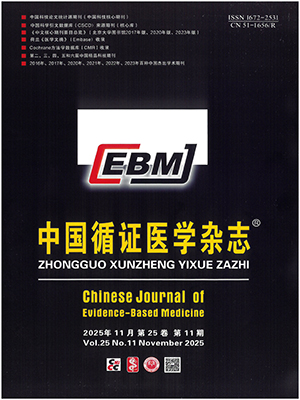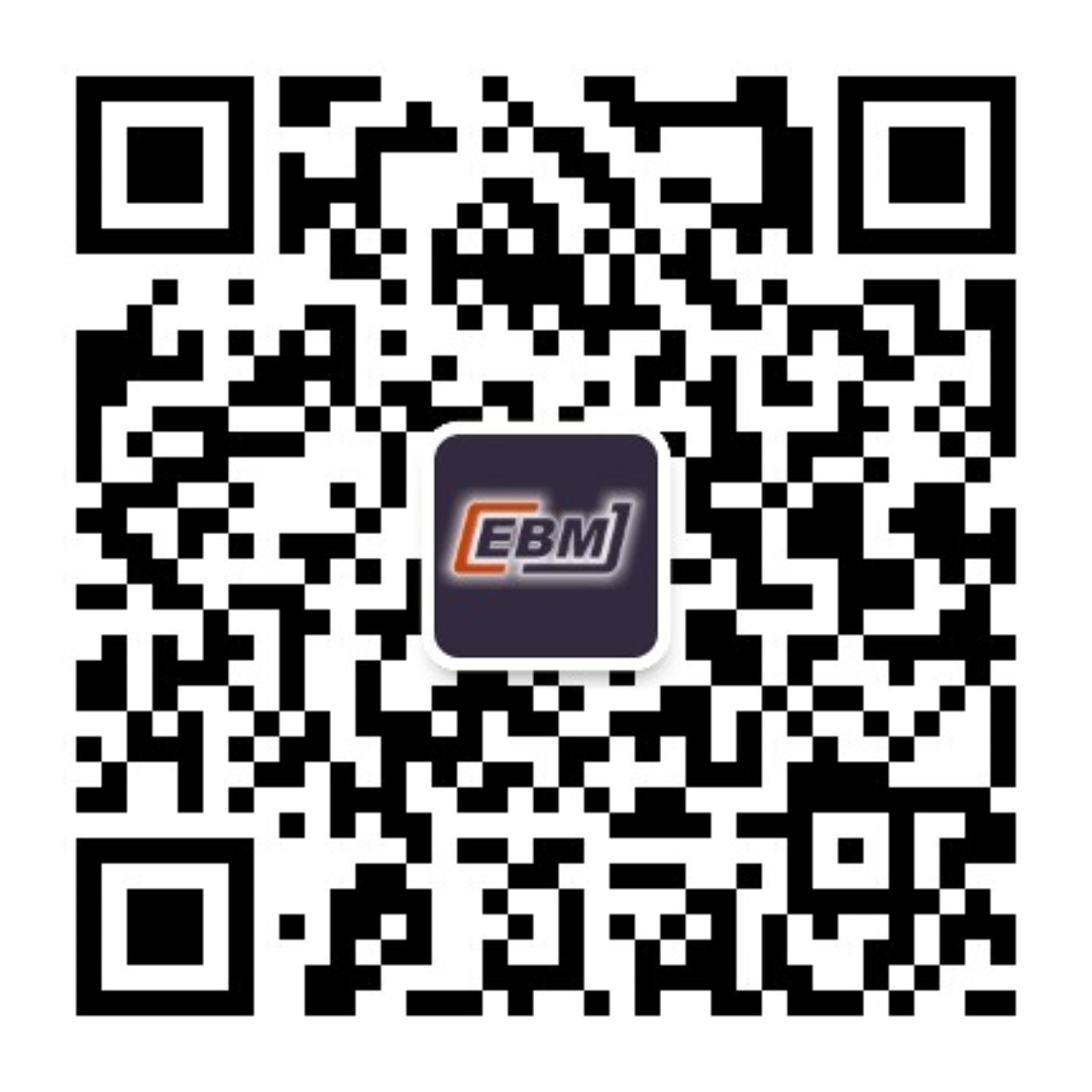| 1. |
Noji EK. The public health consequences of disasters. Prehosp Disaster Med, 2000, 15(4): 147-157.
|
| 2. |
Tanaka H, Oda J, Iwai A, et al. Morbidity and mortality of hospitalized patients after the 1995 Hanshin-Awaji earthquake. Am J Emerg Med, 1999, 17(2): 186-191.
|
| 3. |
Li YP, Wen J, Du L, et al. A comparative study on earthquake-related Literature published in medical journals. J Evid Based Med, 2009, 2(4): 252-257.
|
| 4. |
林均岐. 2004年12月26日印度尼西亞地震海嘯災害考察. 地震工程與工程振動, 2005, 25(2): 30-33.
|
| 5. |
Han Q, Chen L, Evans T, et al. China and global health. Lancet, 2008, 372(9648): 1439-1441.
|
| 6. |
胡世全. 重大自然災害中的“信息孤島”現象研究——以5·12四川汶川特大地震為例. 南昌高專學報, 2008, 5: 163-165.
|
| 7. |
民政部, 國家發展改革委, 財政部, 國土資源部, 中國地震局. 關于印發汶川地震災害范圍評估結果的通知. 民發〔2008〕105號. http://www.gov.cn/jrzg/2008-07/22/content_1053017.htm.
|
| 8. |
Edwards CL. Emergency response and recovery after the May 12, Wenchuan earthquake. Proceedings of the 2009 ASCE Technical Council on Earthquake Engineering, 2009, 357: 1-7.
|
| 9. |
苗崇剛, 聶高眾. 地震應急指揮模式探討. 自然災害學報, 2004, 13(5): 48-54.
|
| 10. |
谷運麒. “汶川大地震”緊急醫療救援的組織管理. 中國急救復蘇與災害醫學雜志, 2008, 3(6): 334-335.
|
| 11. |
四川省衛生廳. 四川省抗震救災指揮部醫療保障組文件匯編.
|
| 12. |
姜潔, 李幼平, 鄧紹林, 等. 玉樹汶川震后3月醫療救援比較研究. 中國循證醫學雜志, 2010, 10(7): 784-790.
|
| 13. |
四川省衛生廳. 抗震救災醫療衛生救援工作專報.
|
| 14. |
衛生部醫療防疫志編纂委員會. 汶川特大地震抗震救災志醫療防疫志.
|
| 15. |
張雁靈. 汶川特大地震醫學救援行動及戰略思考. 解放軍醫學雜志, 2009, 34(1): 1-6.
|
| 16. |
Auerbach PS, Norris RL, Menon AS, et al. Civil-military collaboration in the initial medical response to the earthquake in Haiti. N Engl J Med, 2010, 362(10): e32.
|
| 17. |
Cranmer HH. Hurricane Katrina. Volunteer work--logistics first. N Engl J Med, 2005, 353(15): 1541-1544.
|
| 18. |
沈驥, 蘇林, 李冰, 等. 汶川地震四川省衛生應急救援成效分析. 中國循證醫學雜志, 2009, 9(3): 301-306.
|
| 19. |
姚元章, 張連陽, 程曉斌, 等. 汶川地震傷員傷情特點及救治分析. 中華創傷雜志, 2008, 24(10): 852-854.
|
| 20. |
代小舟, 沈驥, 趙萬華, 等. 汶川大地震四川省醫療救治階段工作紀實. 中國循證醫學雜志, 2008, 8(10): 797-802.
|
| 21. |
胡衛建, 趙萬華, 李元峰, 等. 汶川地震傷員的緊急醫療分級救治分析. 實用醫院臨床雜志, 2010, 7(1): 20-24.
|
| 22. |
盧世璧. 汶川地震傷員救治分級處理的重要性. 解放軍醫學雜志, 2008, 33(8): 919-920.
|
| 23. |
畢玉田, 藺武軍, 程曉斌. 四川汶川地震傷員救治中院內醫療資源的配置. 中國急救復蘇與災害醫學雜志, 2009, 4(9): 679-681.
|
| 24. |
吳梅祥, 錢東陽, 白波, 等. 汶川地震后方醫院救治的患者病情特點及治療對策. 中國醫藥導報, 2009, 6(16): 207-209.
|
| 25. |
汶川特大地震災害第三十八場新聞發布會. http://www.sc.gov.cn/jrsc/200808/t20080818_306986.shtml.
|
| 26. |
Xie J, Du L, Xia T, et al. Analysis of 1856 inpatients and 33 deaths in the West China Hospital of Sichuan University from the Wenchuan earthquake. J Evid Based Med, 2008, 1(1): 20-26.
|
| 27. |
Qiu J, Liu GD, Wang SX, et al. Analysis of injuries and treatment of 3,401 inpatients in 2008 Wenchuan earthquake--based on Chinese Trauma Databank. Chin J Traumatol, 2010, 13(5): 297-303.
|
| 28. |
Roy N, Shah H, Patel V, Bagalkote H. Surgical and psychosocial outcomes in the rural injured--a follow-up study of the 2001 earthquake victims. Injury, 2005, 36(8): 927-934.
|
| 29. |
曾憲敏, 王嘵紅, 徐健, 等. 四川什邡地震災后截肢、脊髓損傷、顱腦損傷傷員康復狀況調查. 中國康復醫學雜志, 2010, 25(8): 771-773.
|
| 30. |
吳先萍, 方剛, 唐雪峰, 等. 汶川地震災后四川省的衛生防病工作(2008.5.12~8.12). 中國循證醫學雜志, 2008, 8(10): 803-809.
|
| 31. |
陳根, 南克祎, 趙宗國, 等. “5·12”地震對甘肅災區人群常見衛生習慣、腹瀉和兒童腸道蠕蟲感染的影響. 中國病原生物學雜志, 2010, 5(11): 附頁4.
|
| 32. |
朱鴻斌, 程娟, 趙大余, 等. 四川省“5·12”地震災區飲用水衛生情況分析. 預防醫學情報雜志, 2008, 24(11): 849-852.
|
| 33. |
程芳芳, 董曉梅, 王聲湧. 玉樹地震應急管理對汶川經驗的驗證. 循證醫學, 2010, 10(3): 157-162.
|
| 34. |
王育兵, 馬靜. 汶川地震災后疫病的特點與啟示. 實用預防醫學, 2010, 17(9): 1908-1910.
|
| 35. |
李靜, 李小麟, 王丹, 等. 汶川大地震受傷人員心理干預理論框架與初步實踐. 華西醫學, 2008, 23(4): 834-835.
|
| 36. |
李小融, 盧雄 災后心理援助非政府組織的協調分析. 四川教育學院學報, 2008, 24(12): 1-3.
|
| 37. |
國務院. 汶川地震災后恢復重建總體規劃. 2008-09-19.
|
| 38. |
國務院辦公廳. 汶川地震災后恢復重建對口支援方案. 2008-06-11.
|
| 39. |
國務院辦公廳關于印發汶川地震災后恢復重建對口支援方案的通知. 國辦發[2008]353號. 2008-06-11.
|
| 40. |
陳嘯宏. 在汶川地震災區醫療衛生恢復重建對口支援工作會上的講話(2010.8.25). 衛生政務通報, 第22期. 2010-09-10.
|
| 41. |
Currier M, King DS, Wofford MR, et al. A Katrina experience: lessons learned. Am J Med, 2006, 119(11): 986-992.
|
| 42. |
Nates JL, Moyer VA. Lessons from Hurricane Katrina, tsunamis, and other disasters. Lancet, 2005, 366(9492): 1144-1146.
|
| 43. |
姜潔, 李幼平, 王覓也, 等. 玉樹與汶川地震醫療救援比較研究. 中國循證醫學雜志, 2010, 10(5): 550-554.
|
| 44. |
Deng SL, Zheng SW, Shi YK. Applying lessons from China’s Wenchuan earthquake to medical rescue following the Yushu earthquake. J Evid-based Med, 2010, 3(2): 62-64.
|
| 45. |
Tahir H, Iqbal Z. Do doctors who volunteer their services in disasters overseas do more harm than good? BMJ, 2006, 332: 244.
|
| 46. |
Owens PJ, Forgione A Jr, Briggs S. Challenges of international disaster relief: use of a deployable rapid assembly shelter and surgical hospital. Disaster Manag Response, 2005, 3(1): 11-16.
|
| 47. |
Roces MC, White ME, Dayrit MM, et al. Risk factors for injuries due to the 1990 earthquake in Luzon, Philippines. Bull World Health Organ, 1992, 70(4): 509-514.
|
| 48. |
Schultz CH, Koenig KL, Noji EK. A medical disaster response to reduce immediate mortality after an earthquake. N Engl J Med, 1996, 334(7): 438-444.
|
| 49. |
Pretto EA, Angus DC, Abrams JI, et al. An analysis of prehospital mortality in an earthquake. Disaster Reanimatology Study Group. Prehosp Disaster Med, 1994, 9(2): 107-117.
|
| 50. |
Chan EY. The untold stories of the Sichuan earthquake. Lancet, 2008, 372(9636): 359-362.
|
| 51. |
Lei BL, Zhou Y, Zhu Y, et al. Emergency response and medical rescue in the worst hit Mianyang areas after the Wenchuan earthquake. J Evid Based Med, 2008, 1(1): 27-36.
|
| 52. |
姬軍生. 地震批量傷員空運后送體系的構建. 解放軍醫院管理雜志, 2008, 15(10): 906-907.
|
| 53. |
曾偉, 鹿茸, 魏詠蘭, 等. 災害及災后公共衛生服務的社會評估. 現代預防醫學, 2010, 37(9): 1679-1681.
|
| 54. |
倪鋒, 張悅, 于彤舟. 汶川大地震對口支援初步研究. 經濟與管理研究, 2009, 7: 55-62.
|




